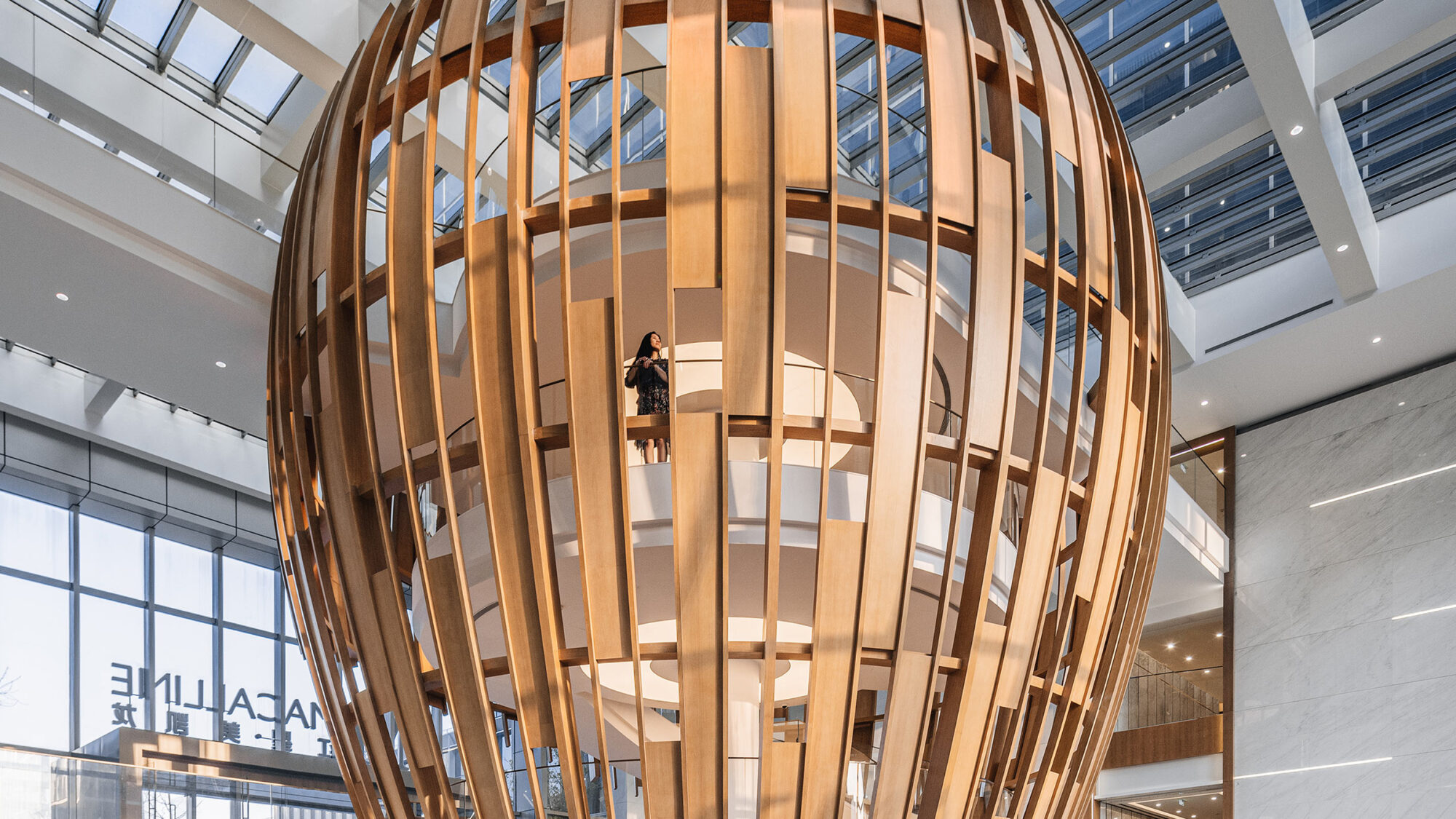


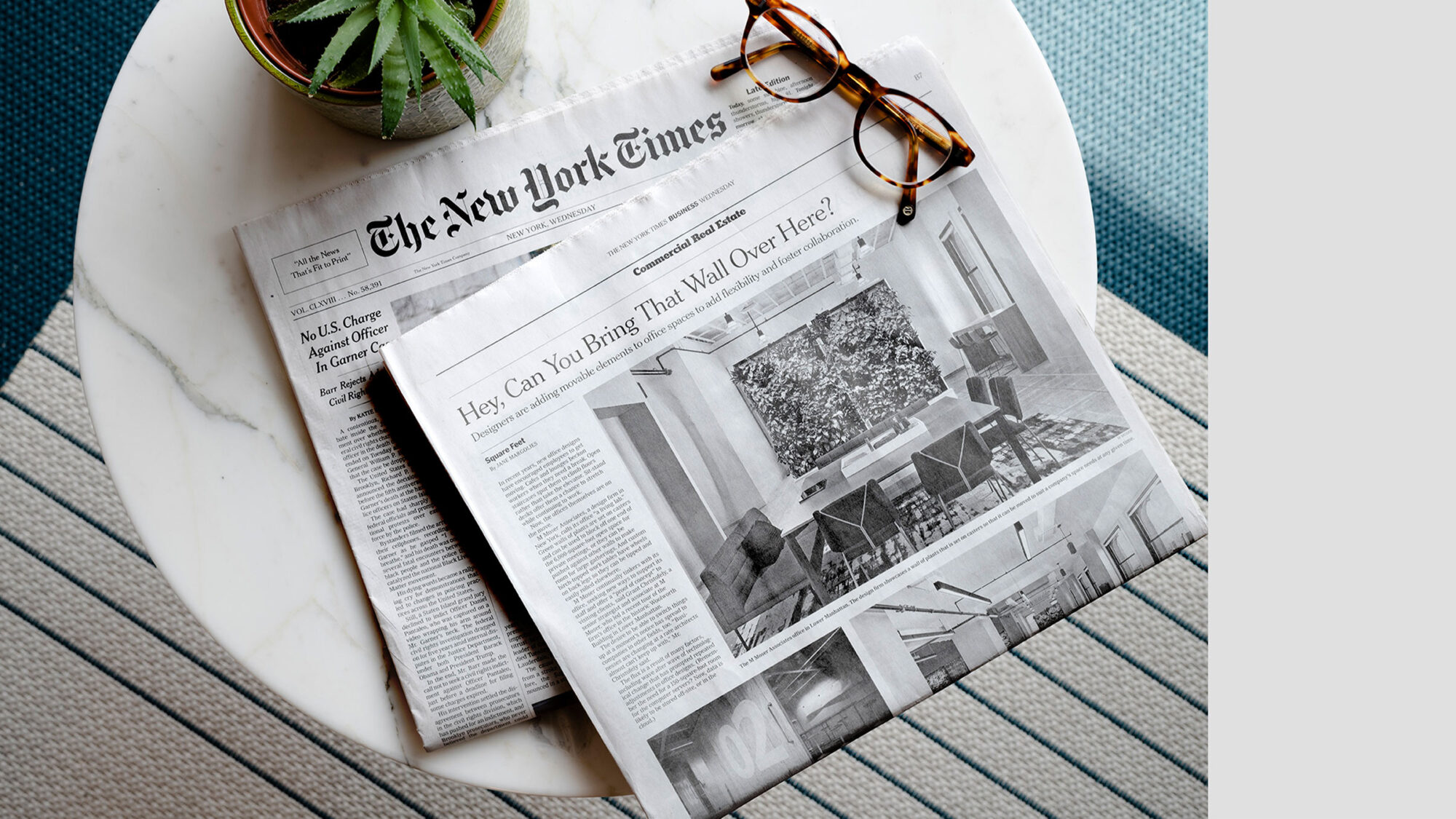
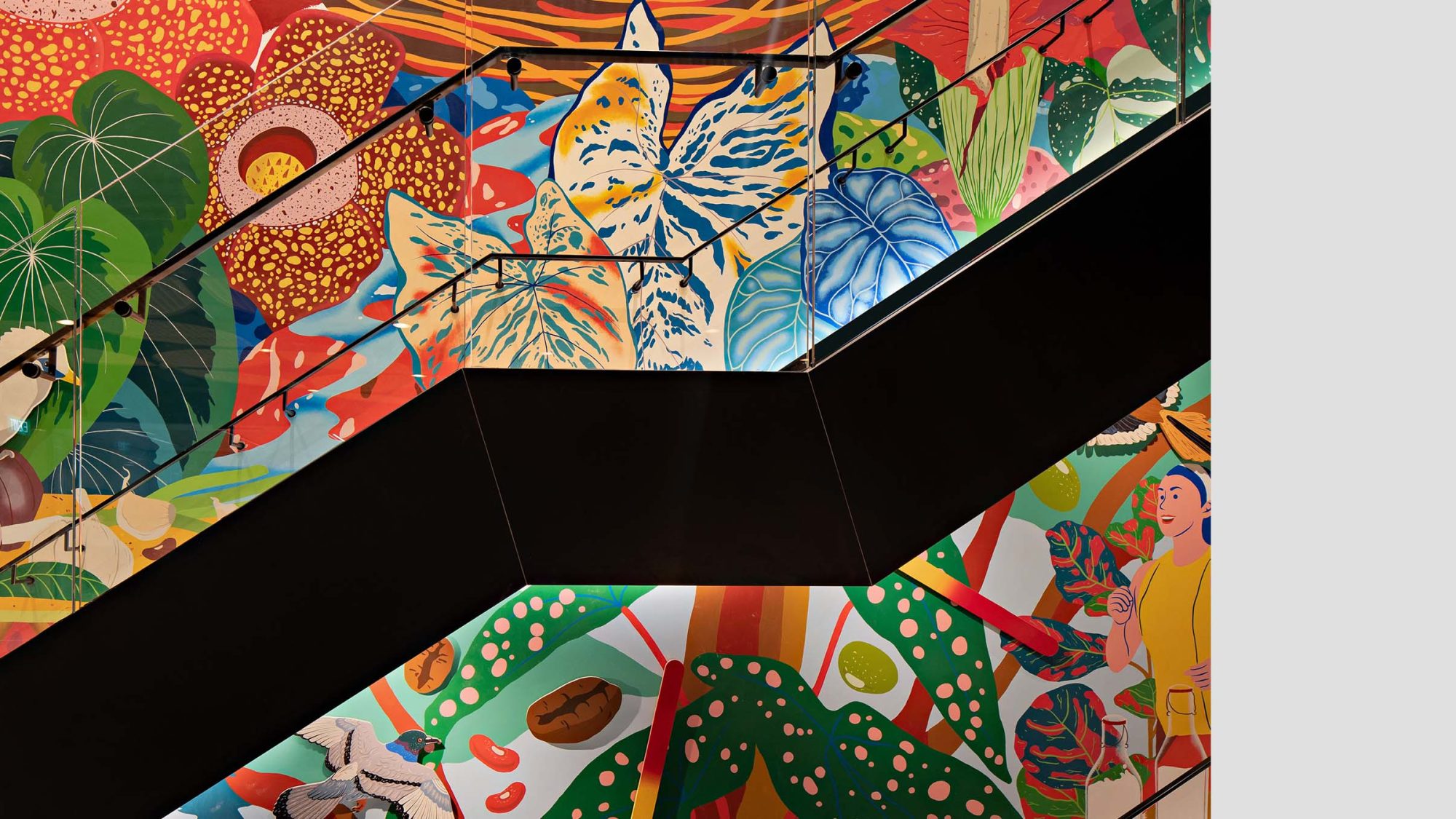
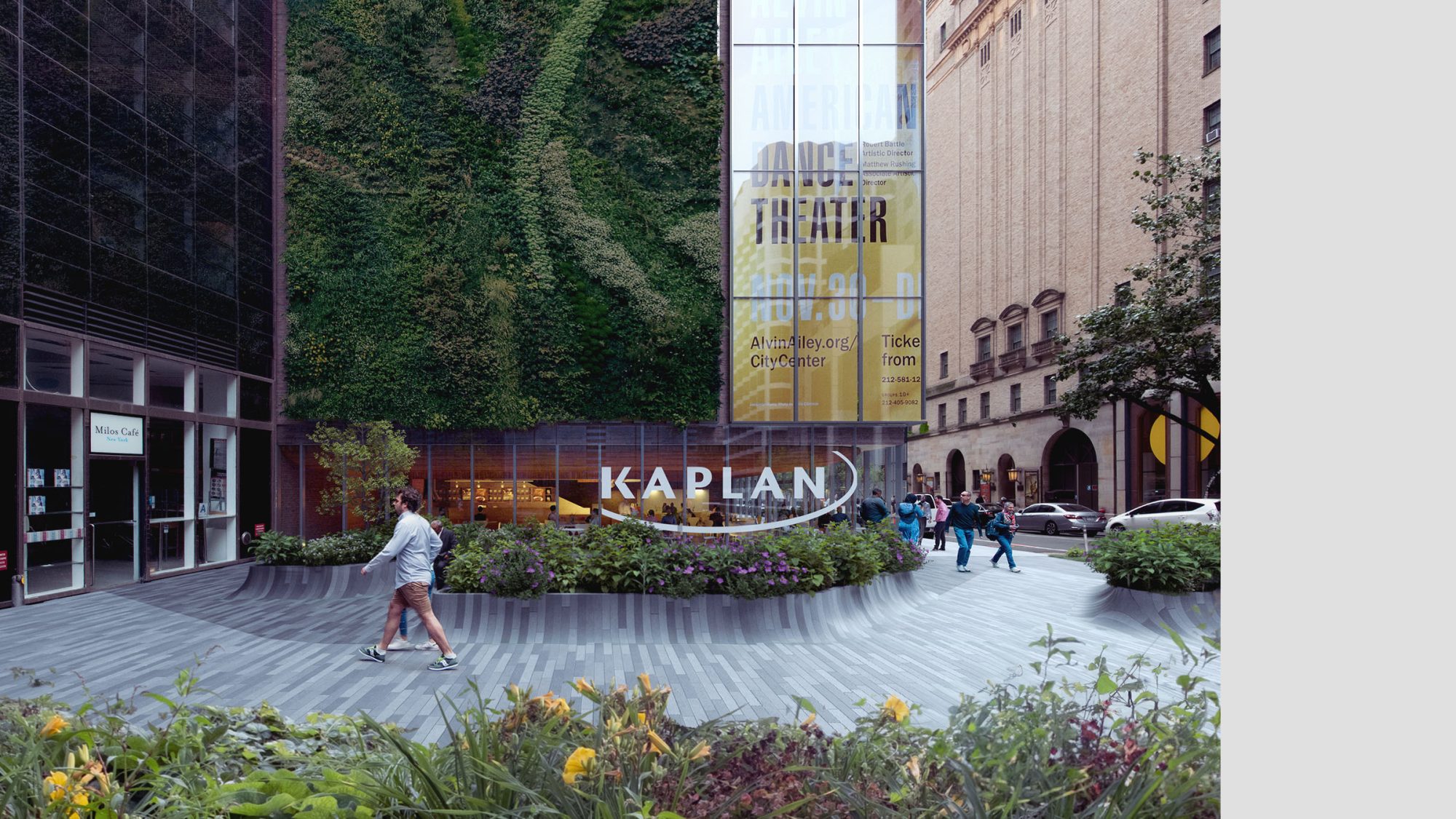
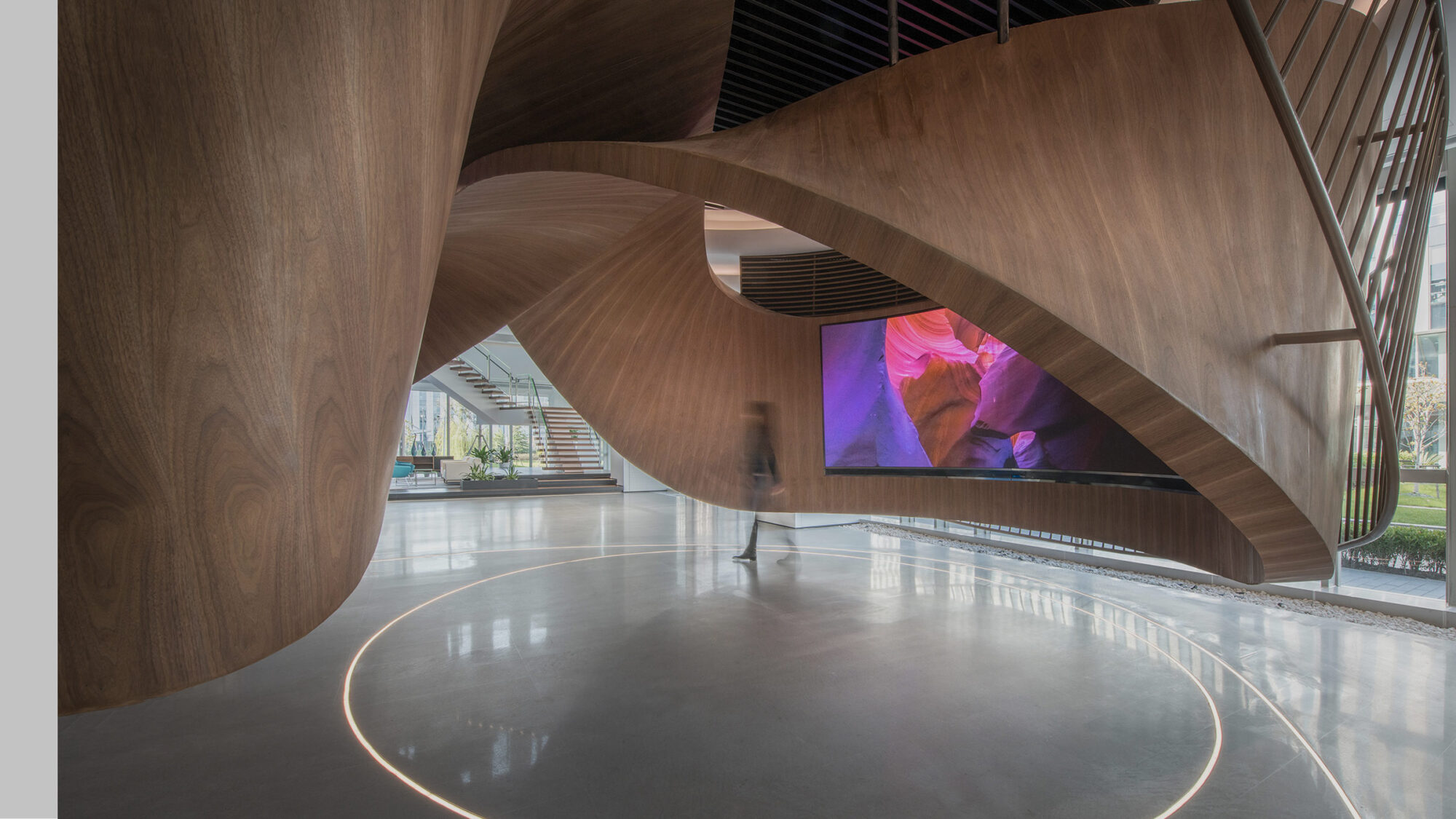
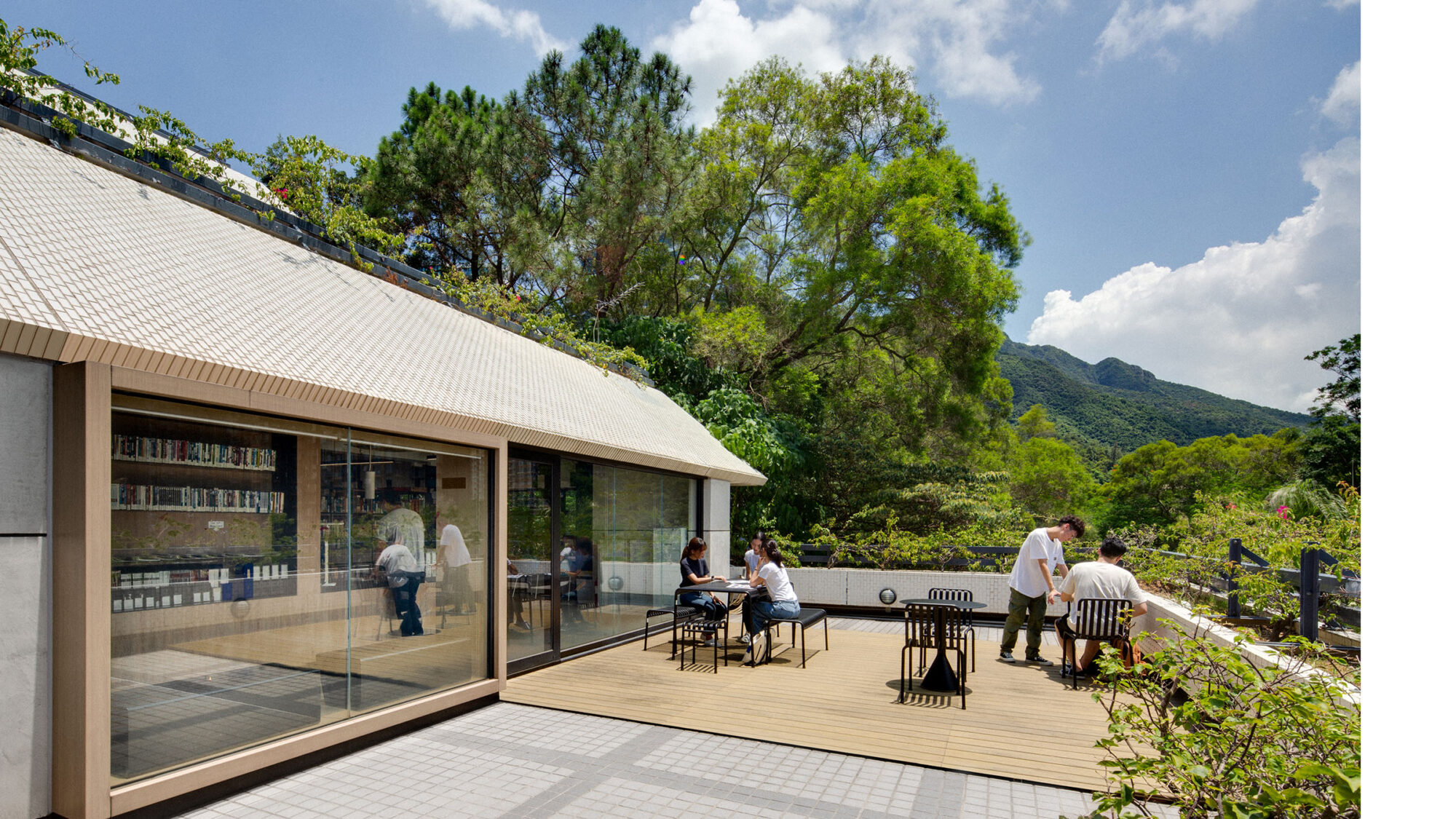
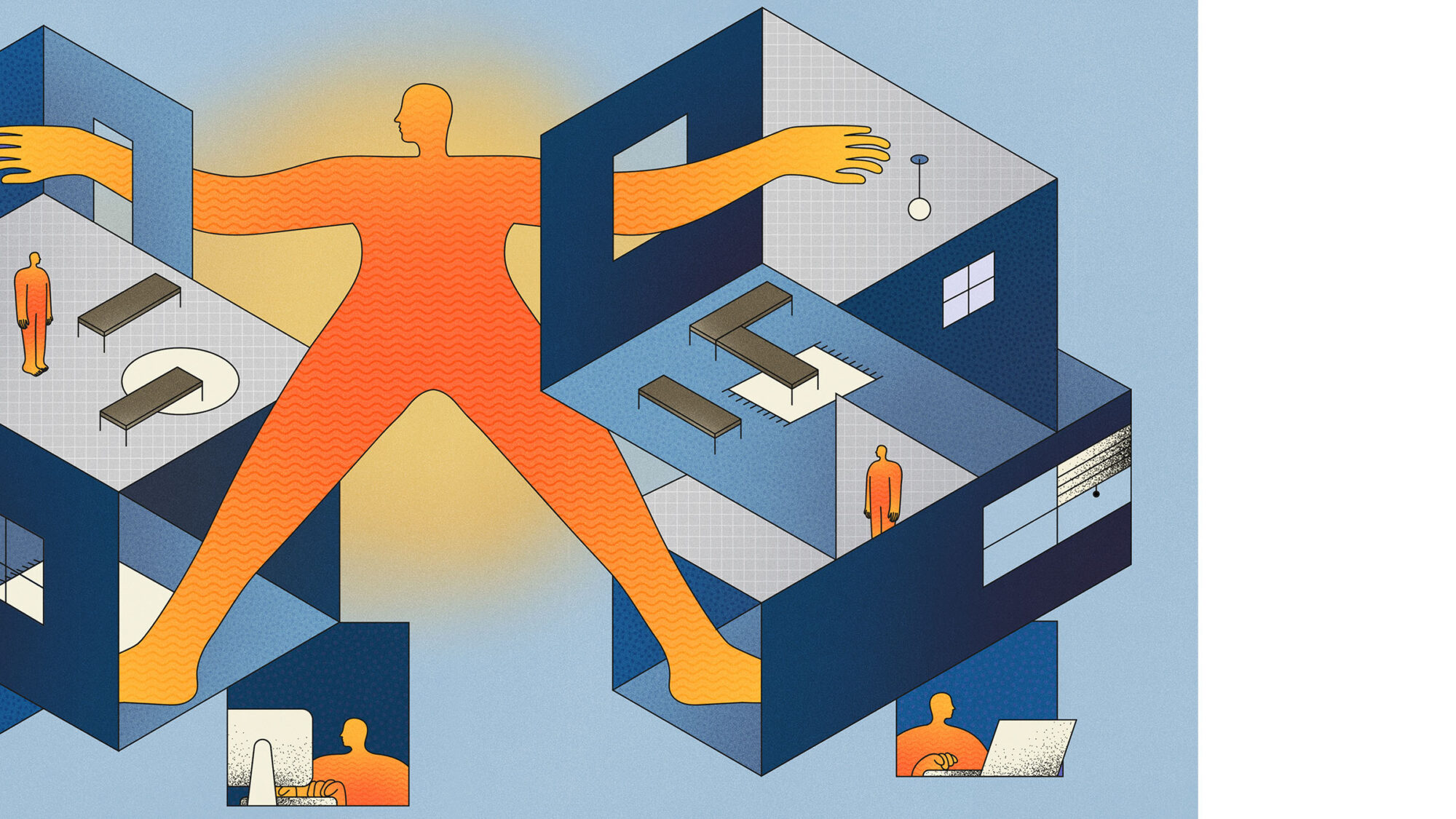
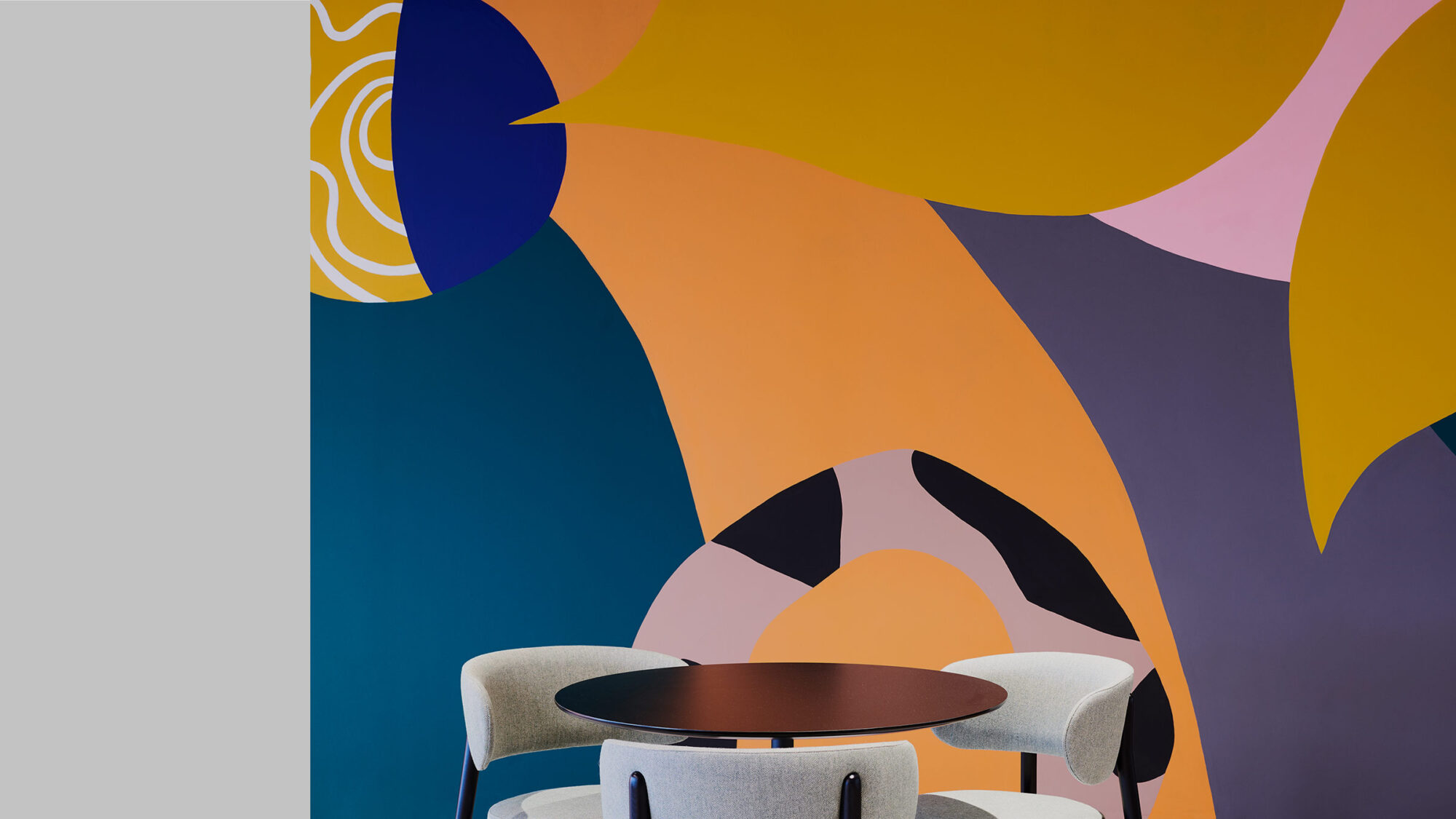
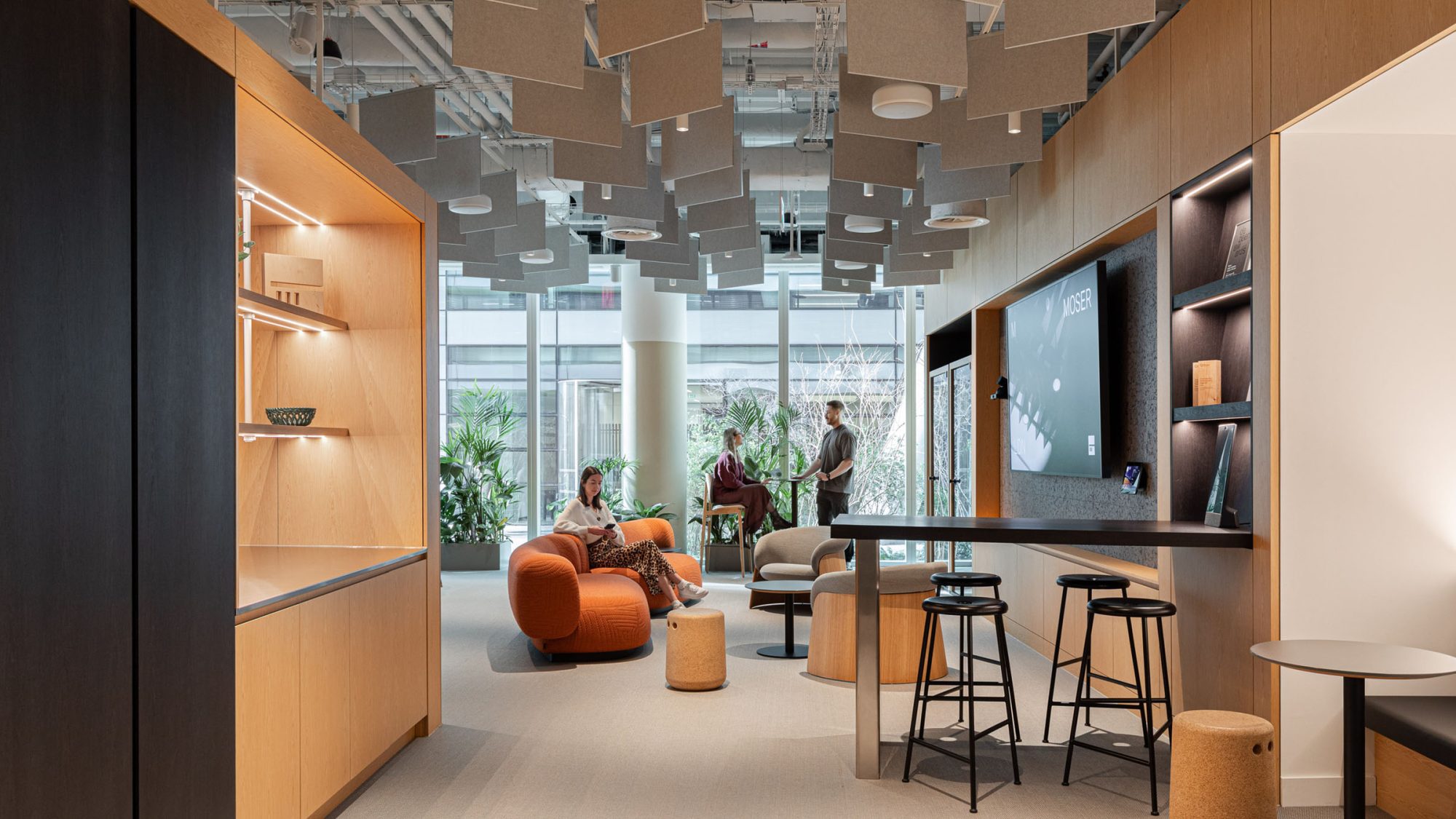
At Clerkenwell Design Week, Gurvinder Khurana and Kim Morgan examined how neuroaesthetics is shaping workplace design. Their conversation explored how we can create spaces that adapt to every individual’s unique emotional, sensory and cognitive needs. All while supporting productivity, wellbeing and a sense of belonging.
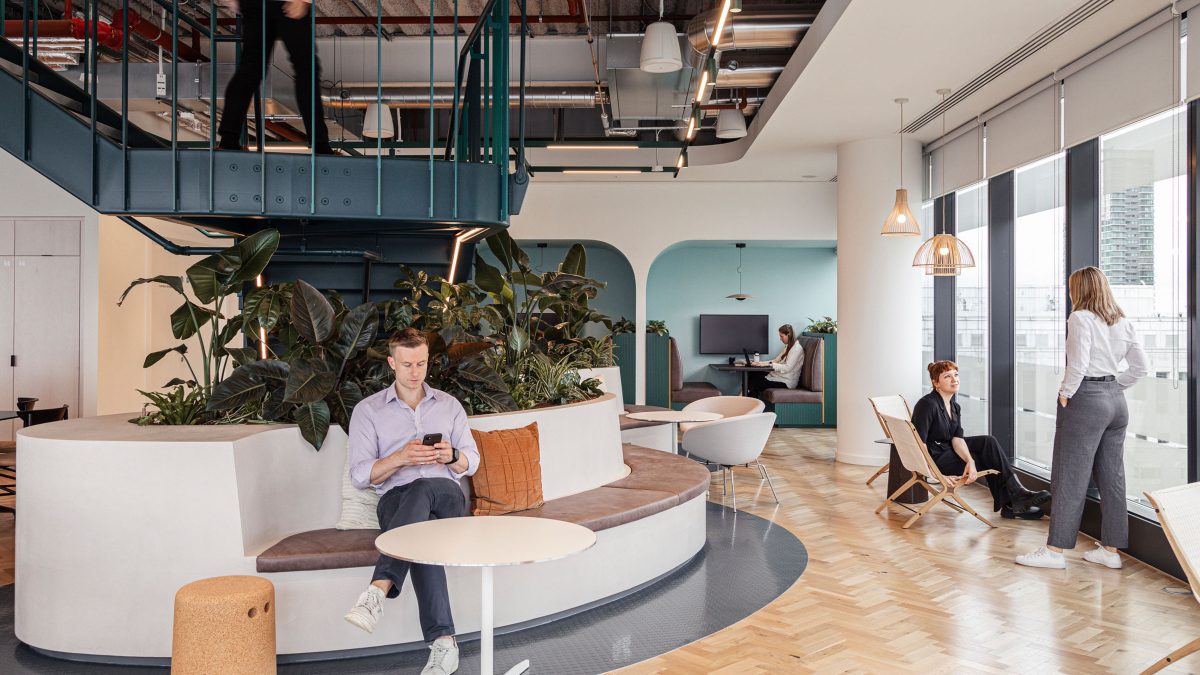
Semir Zeki, Professor of neuroscience at University College London, describes neuroaesthetics as the study of how the brain processes and responds to beauty, artistic judgement and creativity.
As a workplace design company, M Moser sees neuroaesthetics as:
Though still emerging, neuroaesthetics is gaining momentum as awareness of neurodiversity and sensory experience in the workplace grows.
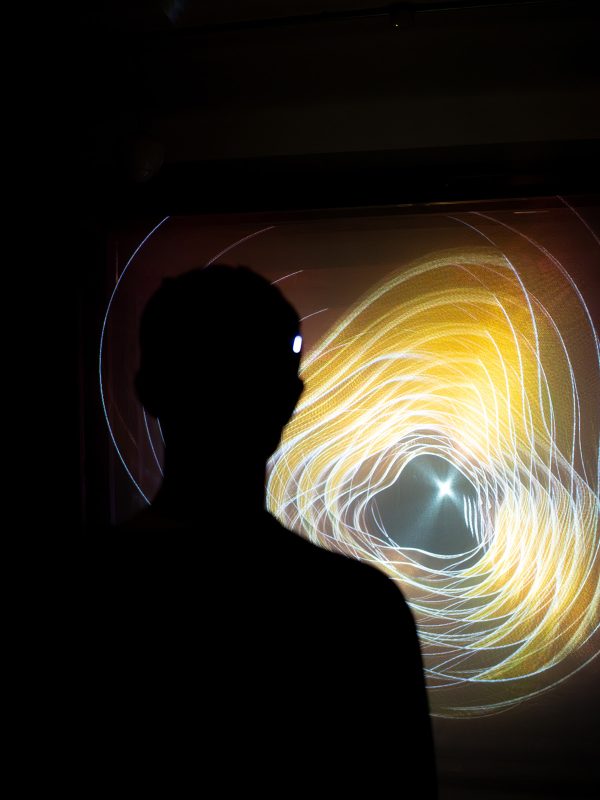
Designing for neurodiversity means acknowledging that everyone experiences space differently. Smart, adaptive design considers these differences.
As Gurvinder noted, “The beauty of being human is that we’re all different.” Our needs change throughout the day. Neuroaesthetic design helps people find what they need in the moment.
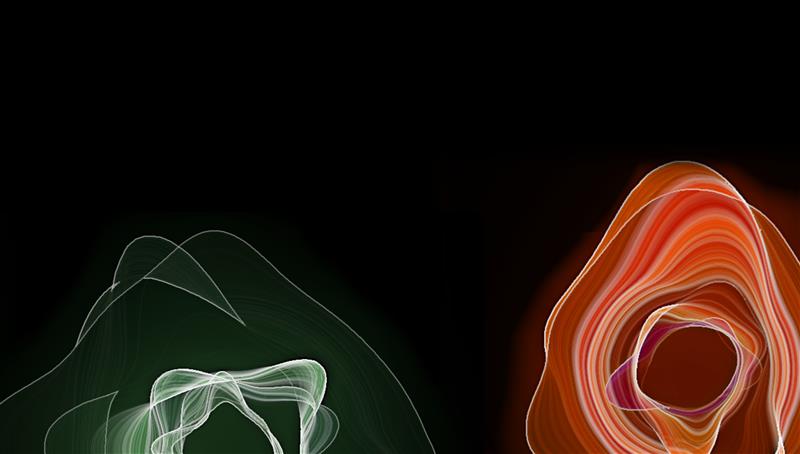
To illustrate this point, Gurvinder and Kim shared visuals from ‘Resonance’, an audio-visual installation for the London Design Festival.
EEG headsets recorded brain activity under identical conditions, producing colourful data visualisations. The different results highlighted how uniquely we experience space. Visitors tried to shift their mindset to change the outputs, revealing the beauty of diversity in perception.

Design includes or excludes. In workplaces, it either supports people or creates barriers. Empathetic, purpose-led design respects how people interact with their environment. Done well, it creates conditions for everyone to benefit.
In the US, 85% of autistic adults are unemployed despite a strong desire to work. Overstimulating or restrictive workplaces contribute to this exclusion. Neurodiverse teams are shown to be more innovative and profitable, so inclusive design is an essential step to build stronger, more capable teams.
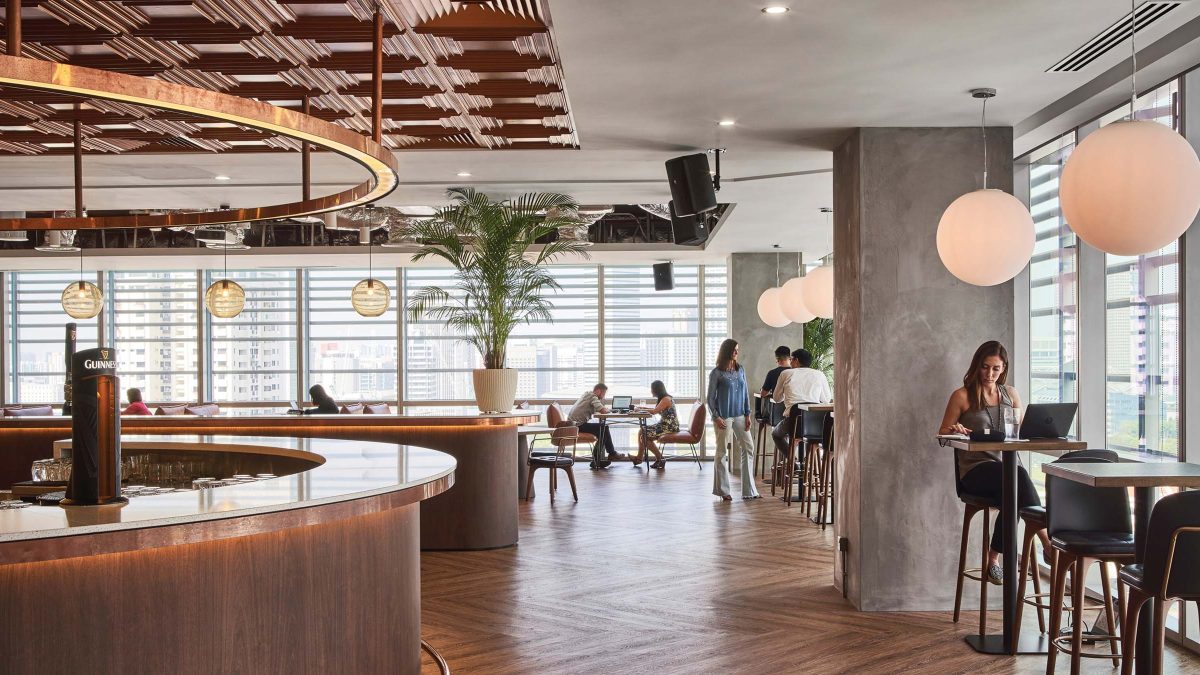

So, how do you bring neuroaesthetic design into a space?
Our designers use a flexible set of principles, adjusted by context. These include:
Designers often apply these instinctively towards inclusive workplace design, but the ability to articulate them is helping teams demonstrate their value.
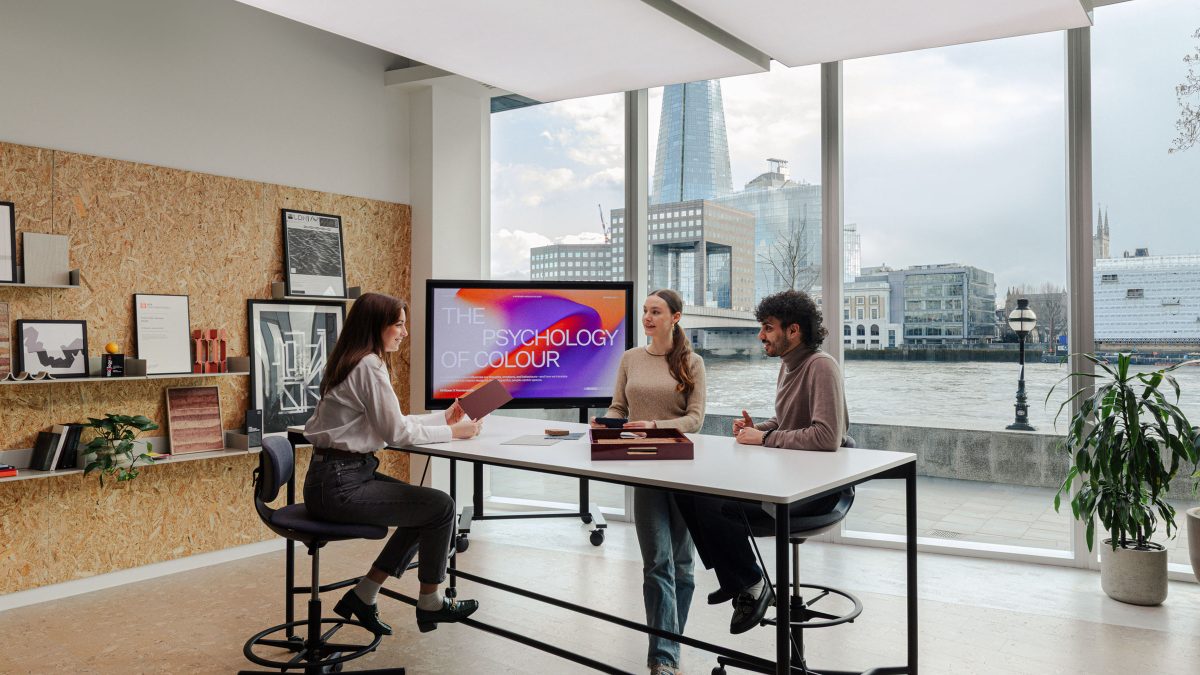
In New York, we worked with a global financial firm to create a calm, neutral space for a team needing minimal sensory distraction.
Daylight modelling optimised light penetration deep into the floorplate. Reflective surfaces, gentle curves and earthy tones reduced visual clutter and supported focus. Natural light benefits were maximised while glare and overheating were controlled.
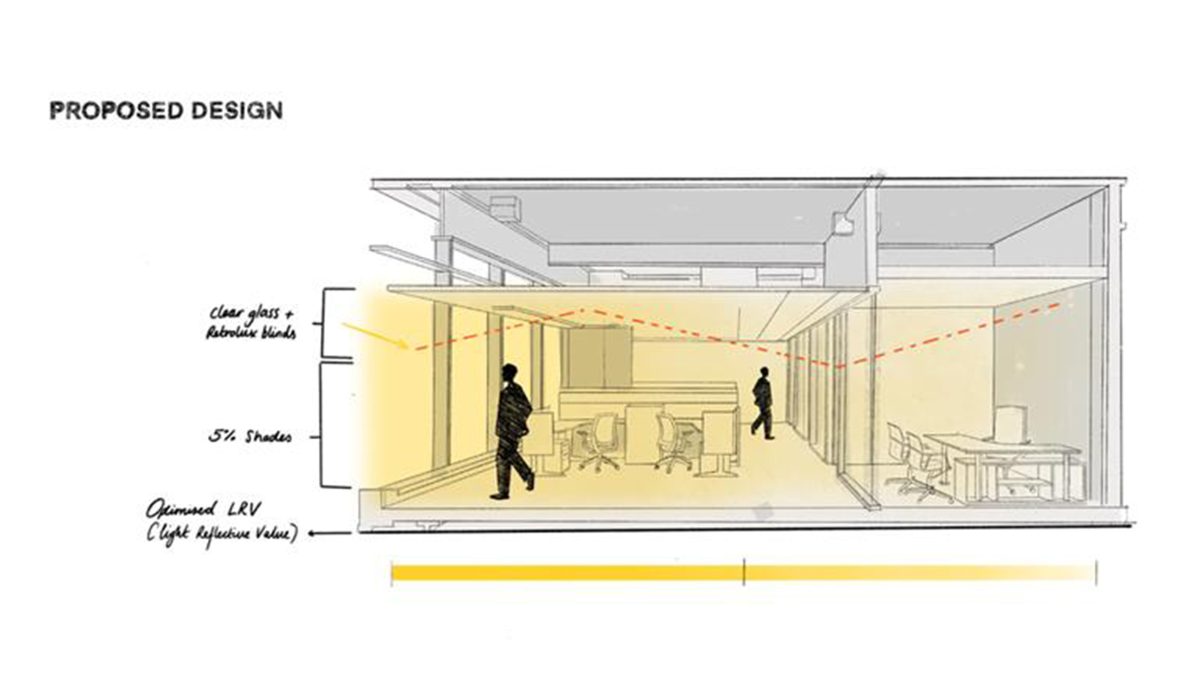 Using daylight modelling to inform the design ensures maximum natural light and wellbeing benefits, whilst minimising glare and overheating.
Using daylight modelling to inform the design ensures maximum natural light and wellbeing benefits, whilst minimising glare and overheating. In contrast, Diageo’s Singapore offices uses hospitality, colour and texture to reflect the brand’s energy. The space includes quiet zones and acoustically considered areas that balance this experience.
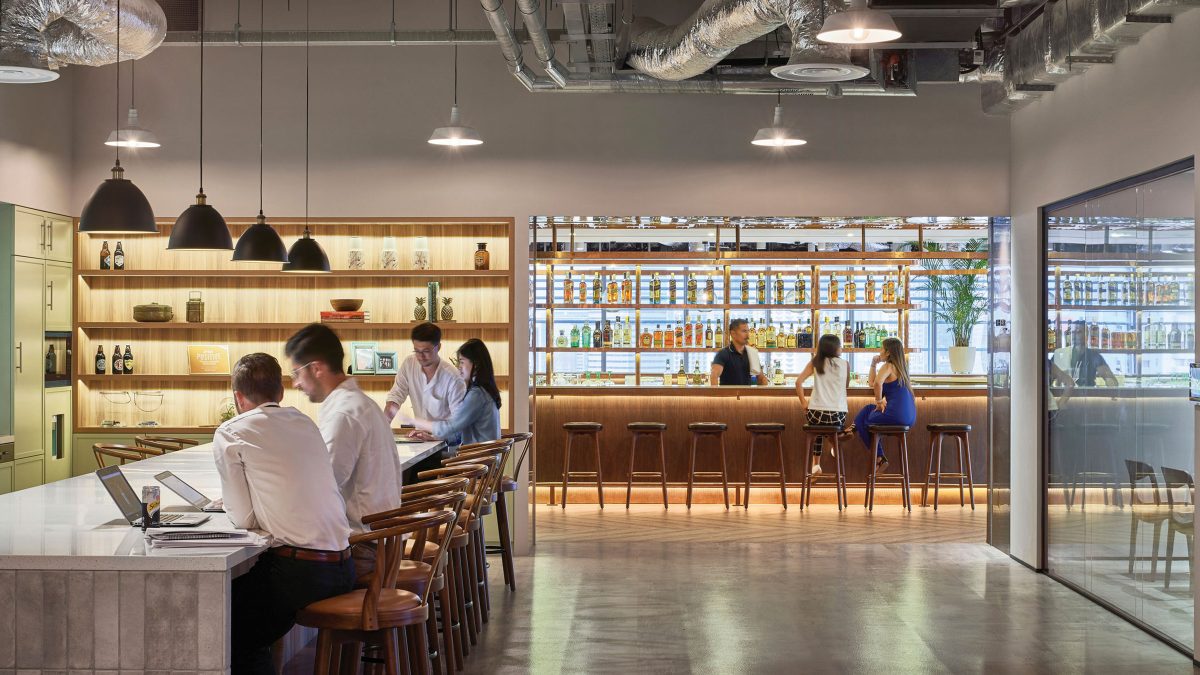
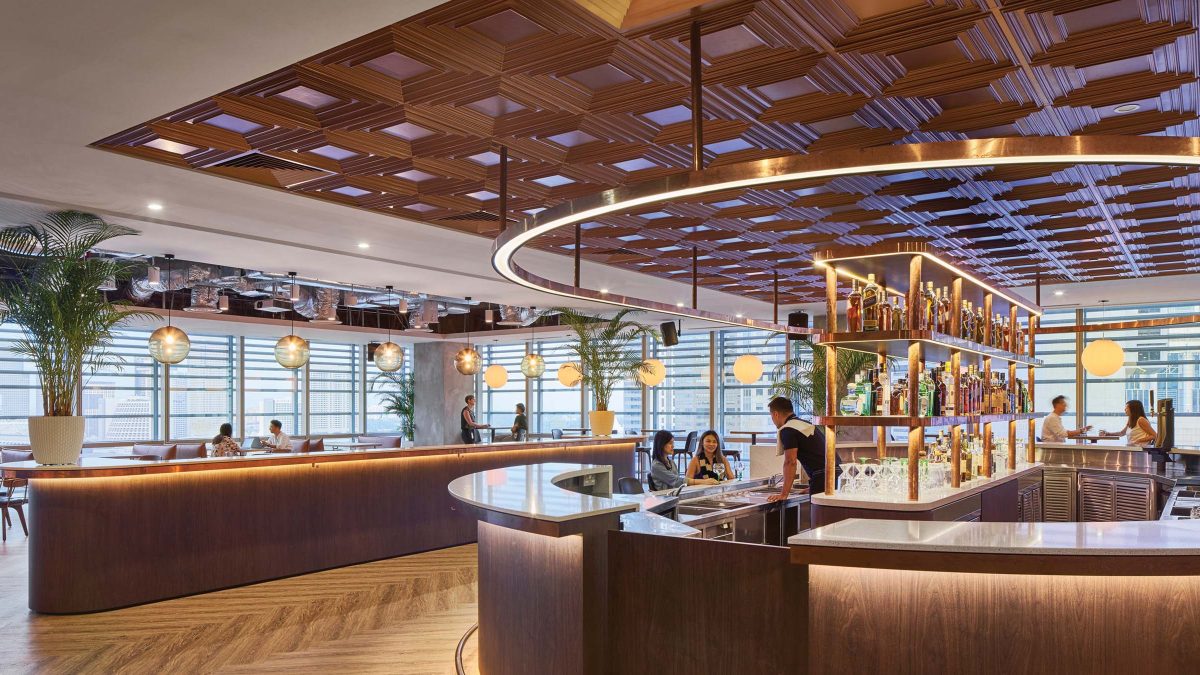
Sony Music’s Mumbai office interior design takes this further with music-inspired interiors and bar-style lounges. Richly layered materials create a setting where performers and professionals feel equally at home.
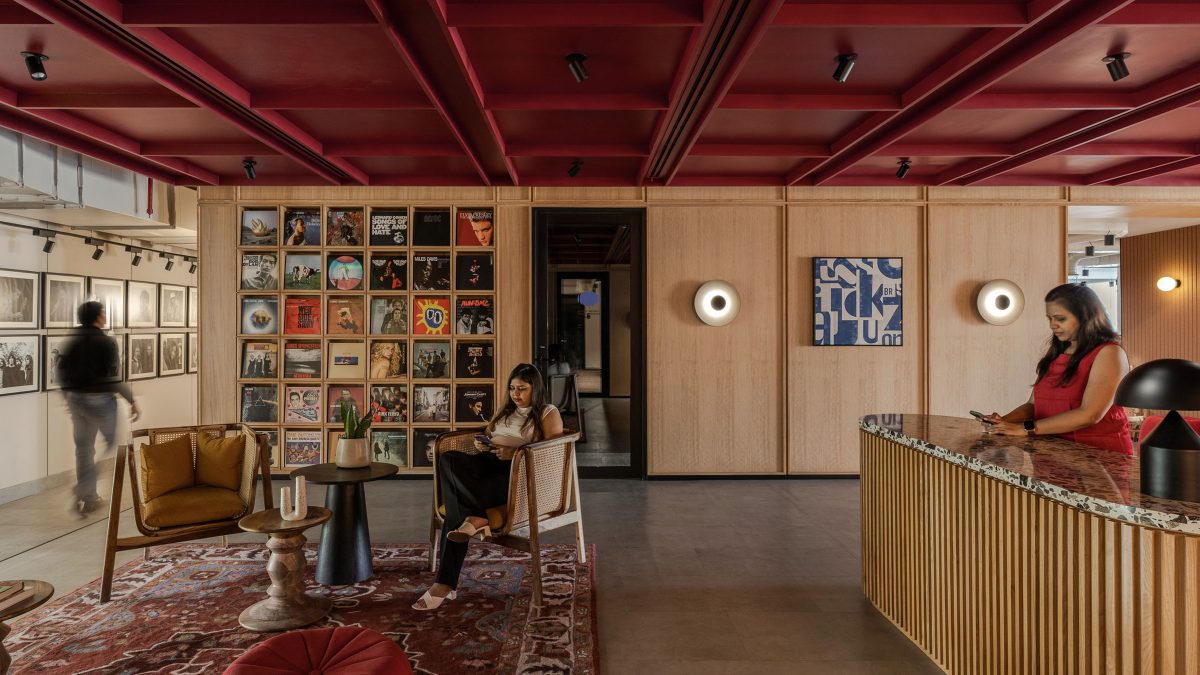
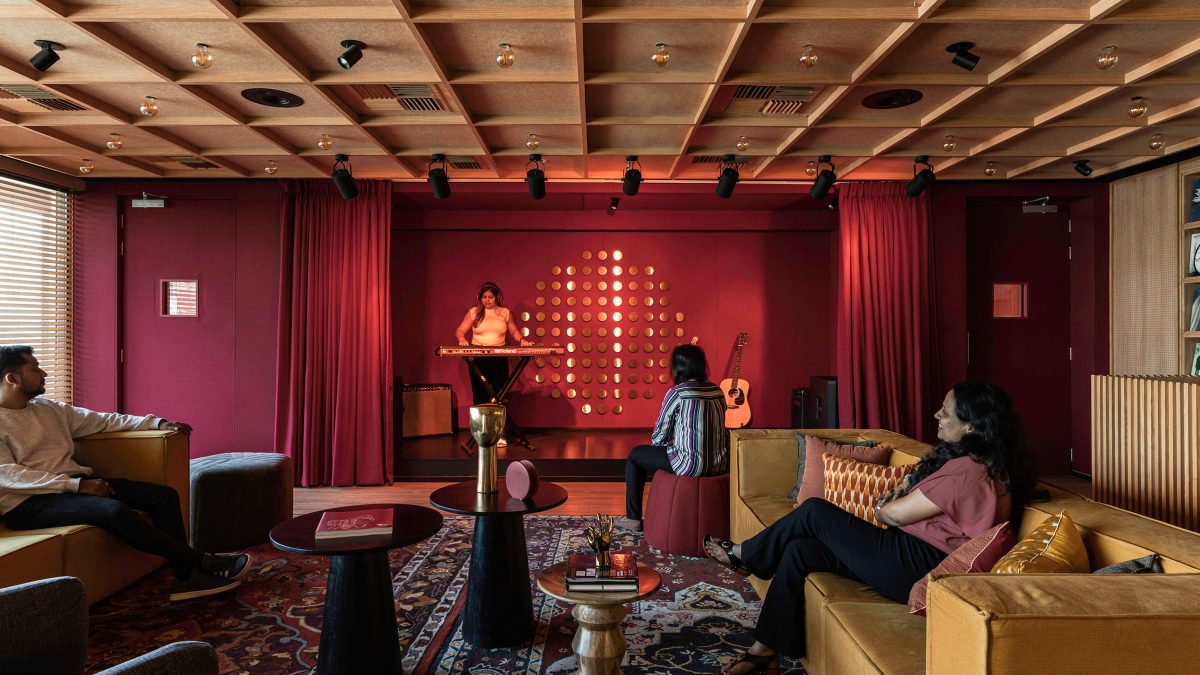
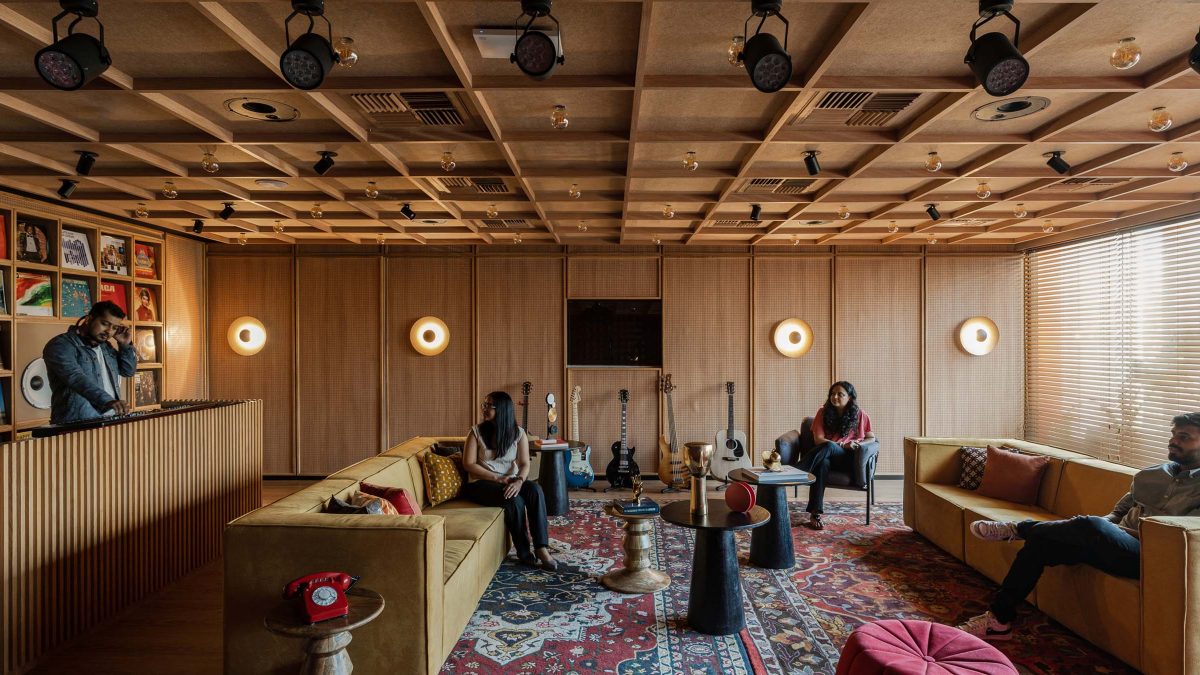
Our London office experiments with layouts, materials, technology and sustainability. Positioned on the Thames, it uses natural light and river views to create calm. Cork adds texture and supports sustainability goals. Thoughtful planning reduces glare and overheating. Meeting rooms sit centrally, with high-demand desks and the library at the perimeter for maximum daylight.
The space is an example of how intuitive design supports practical performance.
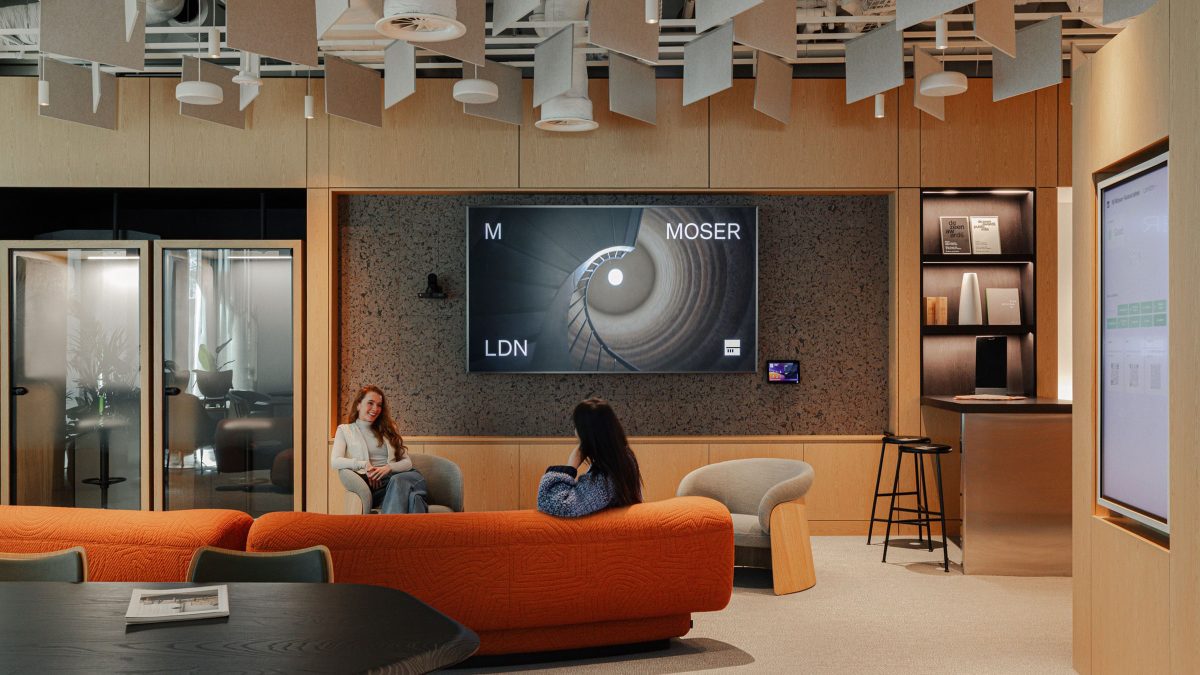
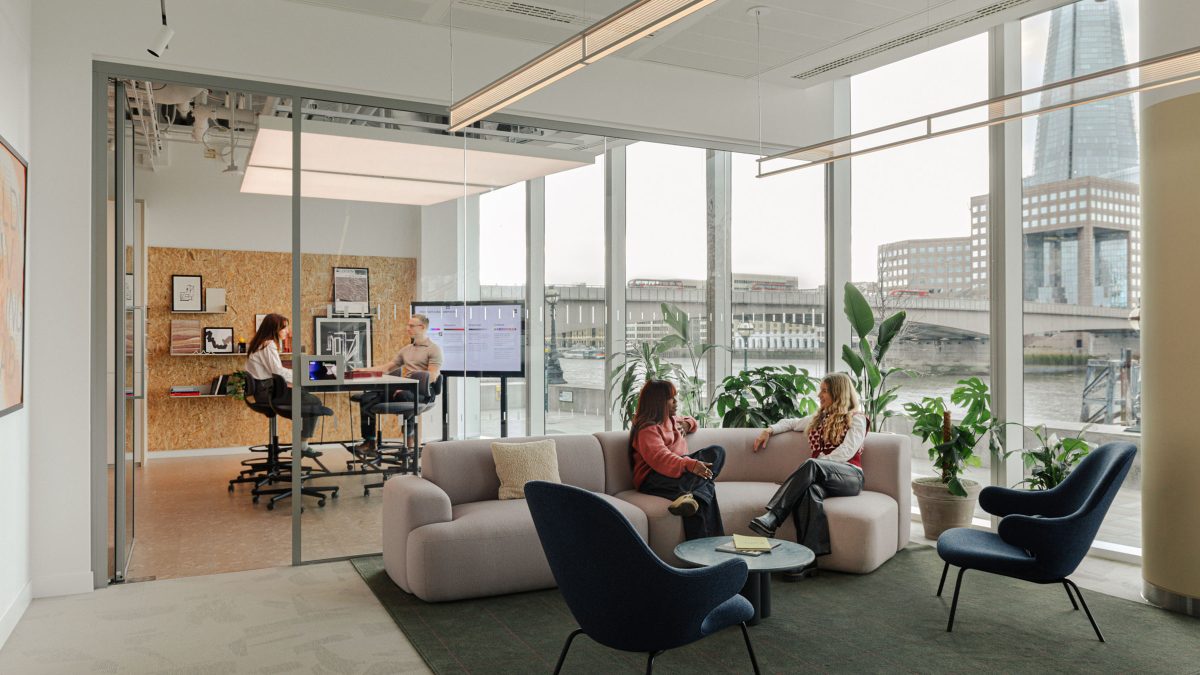
Designs that respond to circadian rhythms, lighting and air quality are becoming standard. Projects like the Circadian Building in Chicago show how light exposure can support body clock reset in travellers. As tech and data advance, designers can better respond to how people think, feel and function.
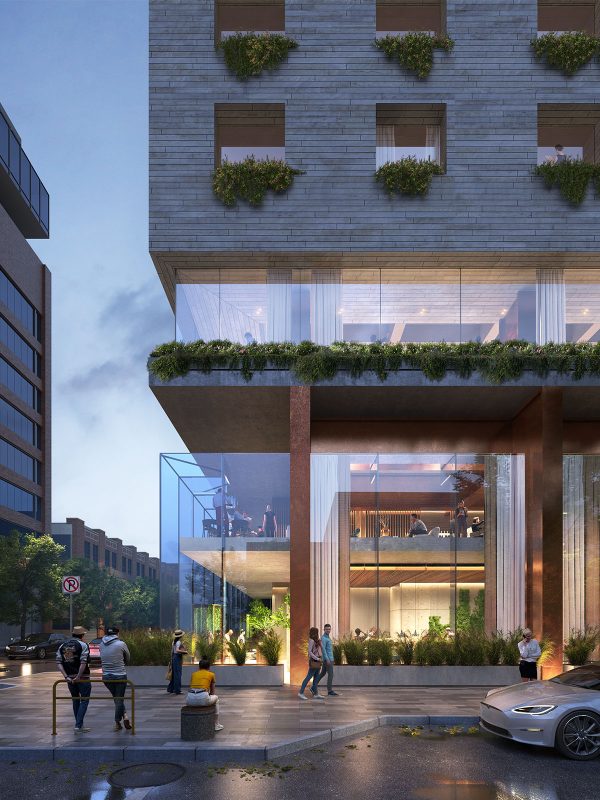
As Gurvinder and Kim shared, creating adaptive spaces is an act of empathy. Design shapes how we feel, work and live. It can make all the difference. Interested in inclusive workplace design?
Contact us to explore how neuroaesthetics can shape an optimal work environment
Director
Associate Director, Sustainability